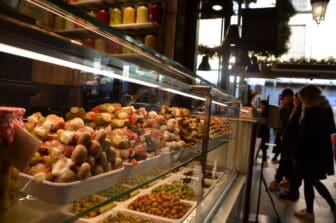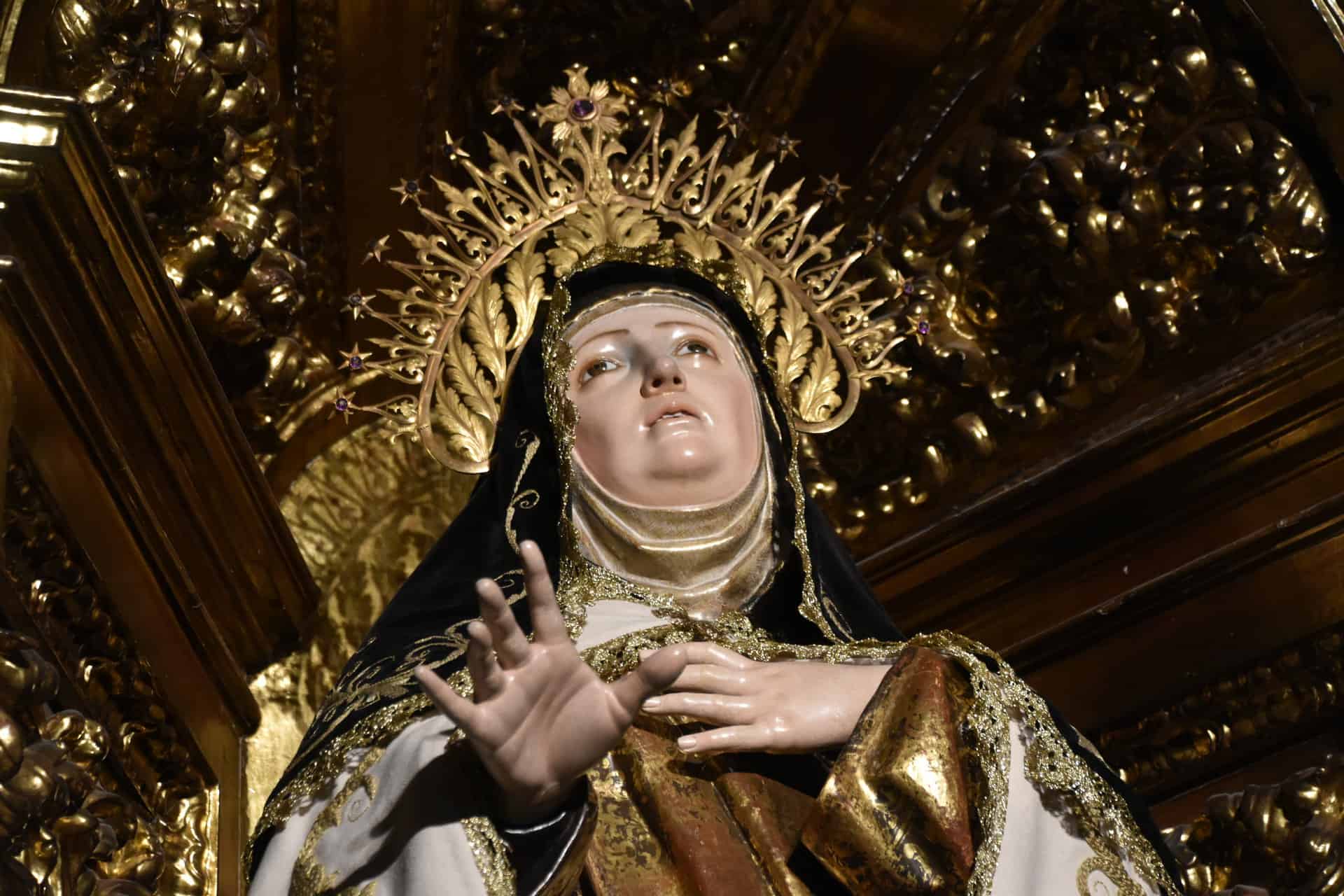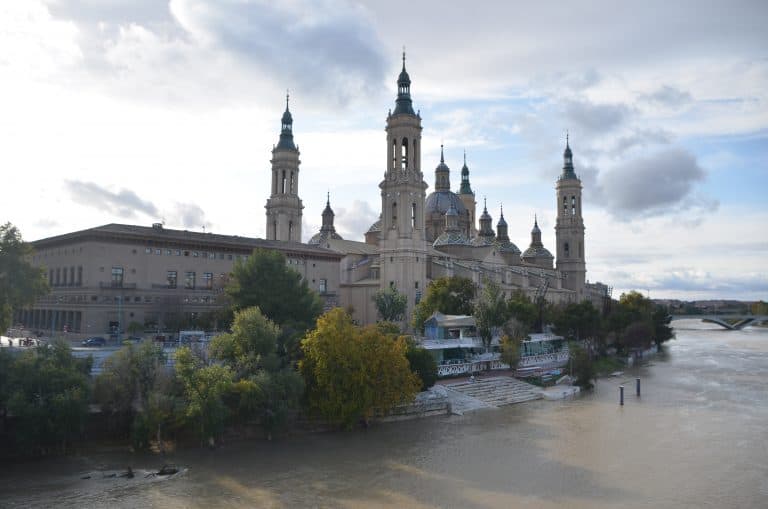
[ Nov.2019 ] When you look for a picture of Zaragoza in Spain, you will find the one with a big church on a river.
The name of the river is Ebro and the church is Basilica of Our Lady of the Pillar.

In the afternoon, we went to the river to see the famous view.
The wind was very strong and very cold.
Apparently, Ebro is the second longest river in Iberia.
We walked on the Puente de Piedra bridge which had statues of lions on the quite tall pillars until just about a halfway and took the pictures of the church and the river.
There were many thick and tall street lamps on the bridge which gave me a dignified impression, so I wondered if this bridge was designed in the Fascism style architecture, but according to the information on the internet, this design was adopted only in 1991.
They think that the bridge itself have been existed here since the 1st AD.
The wind was too strong for us to stay longer, so we moved away from the river and headed for Basilica of Our Lady of the Pillar.
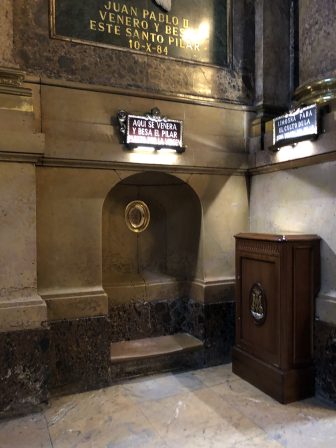
This church was built because on the 2nd of January, AD 40, Saint James was told to build a chapel here by Virgin Mary.
At that time, Virgin Mary gave James a small statue of herself and a small pillar.
According to our guidebook, Virgin Mary appeared atop a marble pillar.
I do not know which is the truth, but anyway, the important thing seems the pillar.
It is a huge church and inside there are quite a few chapels in the dim space.
It was difficult to see where the main part was.
Our guidebook says ‘A tiny portion of the pillar is exposed and a steady stream of people line up to kiss it’, but on the day in November, there were not many people in the church and there was no queue, so we could not see where that was.
After walking around, my husband found a corner with the words, ‘Here, venerate and kiss the pillar’, so this could be it.
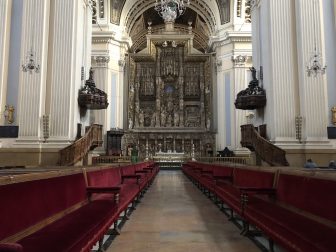
The current church was originally built in 1681 and in the 18th century it was modified greatly.
The towers were completed in the 20th century.
The important artworks in the basilica are the 16th-century alabaster altarpiece and the painting on the dome by Goya called “Queen of Martyrs”.
Taking photos inside was forbidden, so I could take only a few secretly.
At one chapel near the entrance, we saw a mother praying with her hand on her chubby daughter’s leg.
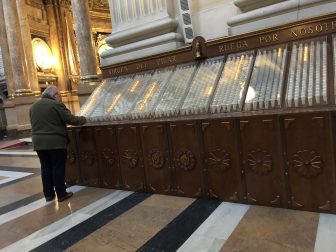
The daughter was putting her hand on the leg of the wooden statue of Christ.
In the same chapel, a man was kissing on a silver sculpture.
The faith is a mystery, which makes people do strange things…
By the way, the candles in this church were all electric, which was rather disappointing.
On the way back from the church to our hotel, we came across a historic looking cafe, so we went in.
The interior was gorgeous like a palace.
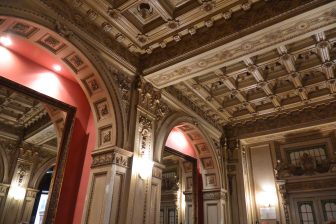
The name was Gran Cafe and apparently the building was built in 1865.
It used to be a jewellery shop.

